One-pot vegan cauliflower and chickpea curry with warming Indian spices unite high-protein chickpeas and nutritious cauliflower for an easy plant-based dinner recipe you'll love.
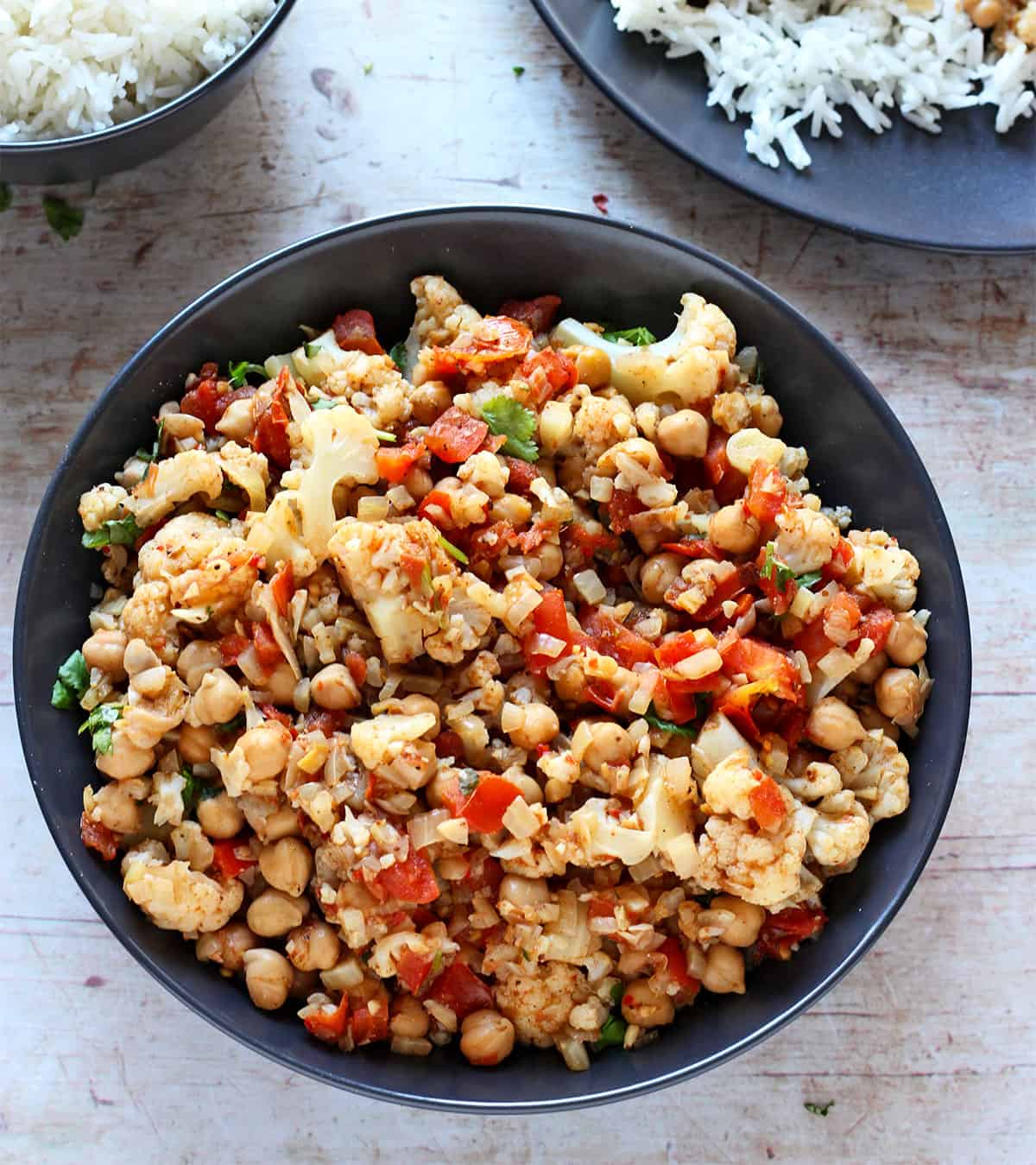
We are big fans of cauliflower vindaloo and love cauliflower cumin stir fry. Still, this curry shines when it comes to easy recipes with cauliflower.
Table of Contents
Why you'll love this recipe
- This is a light curry, so unlike Thai curry or more decadent Indian curries, it's all about veg and spices.
- This cauliflower curry recipe is naturally low-fat and is prepared with no added oil and no light or full-fat coconut milk.
- The Indian profile of spices, aromatic garlic, and ginger fuel a tomato-based curry sauce that is light and flavorful.
- With a quick gathering of spices, cutting cauliflower florets, and a few quick preps, this recipe cooks quickly in one pot with minimal effort.
Ingredients and Substitutions
Below are the main ingredients and helpful notes and substitutions if you need them.
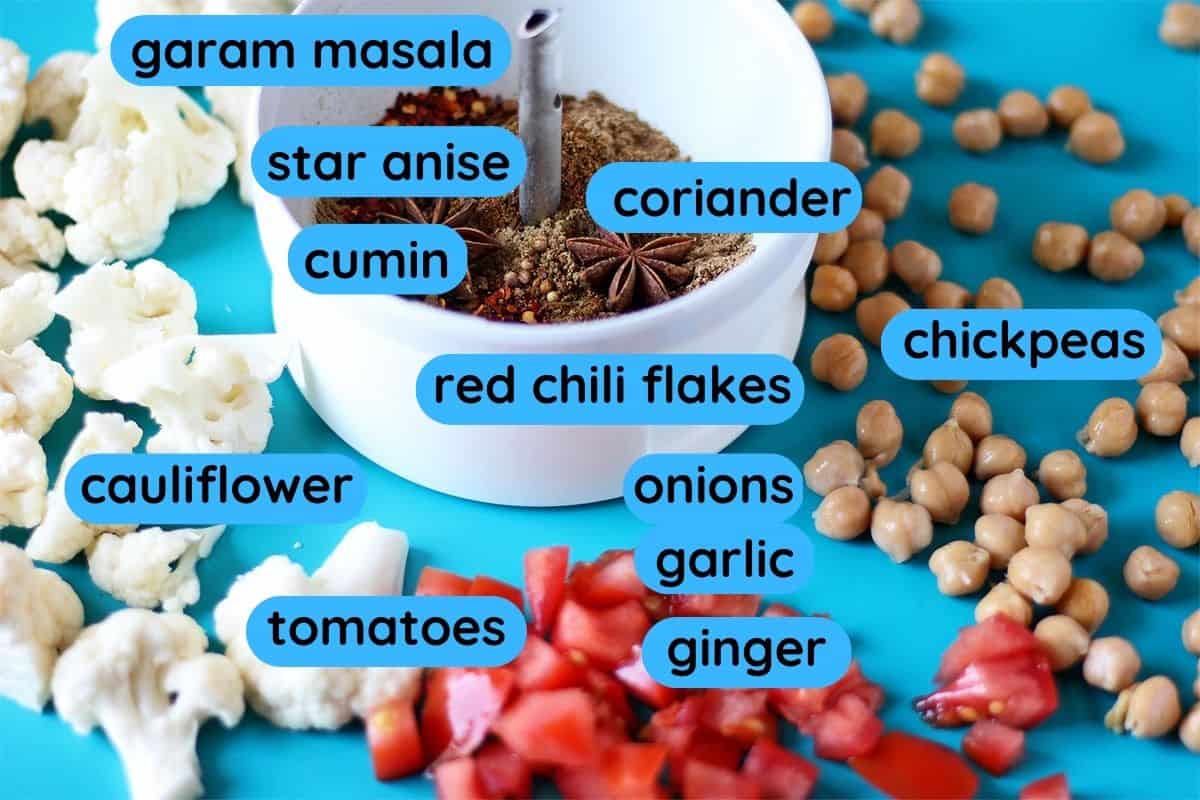
Cauliflower. Fresh cauliflower or a bag of florets works best for this recipe.
Crushed red chili. Cayenne pepper makes a good substitute, and you can always use black pepper if you don’t like chili. If you want a fresh serrano pepper or jalapeno, add that instead and cook it along with fresh ginger and garlic.
Fresh tomatoes. For more tomato flavor, add a few teaspoons of tomato paste (tomato puree), or use a can of chopped tomatoes in a pinch.
Chickpeas. 3 cups of cooked chickpeas are the amount in 2 regular cans.
Aromatics. These are your foundations of onions, fresh ginger, and garlic.
Spices. There are a few traditional Indian curry spices, such as garam masala, ground coriander, cumin, and star anise. We have a terrific homemade garam masala recipe if you aren't familiar with that spice blend. I used 2 whole star anise and ground them. Substitute with 1 teaspoon of star anise. If you are new to star anise, start with ½ or ¼ of a teaspoon and build from there.
Please see the recipe card at the bottom of this post for the complete list of ingredients, measurements, and instructions.
Recipe Variations
For more greens, add a few handfuls of baby spinach. Slices of green pepper also make a great addition.
Instructions and Pro Tips
Follow along with the easy instructions and pro tips, so you'll be successful with this recipe on the first try.
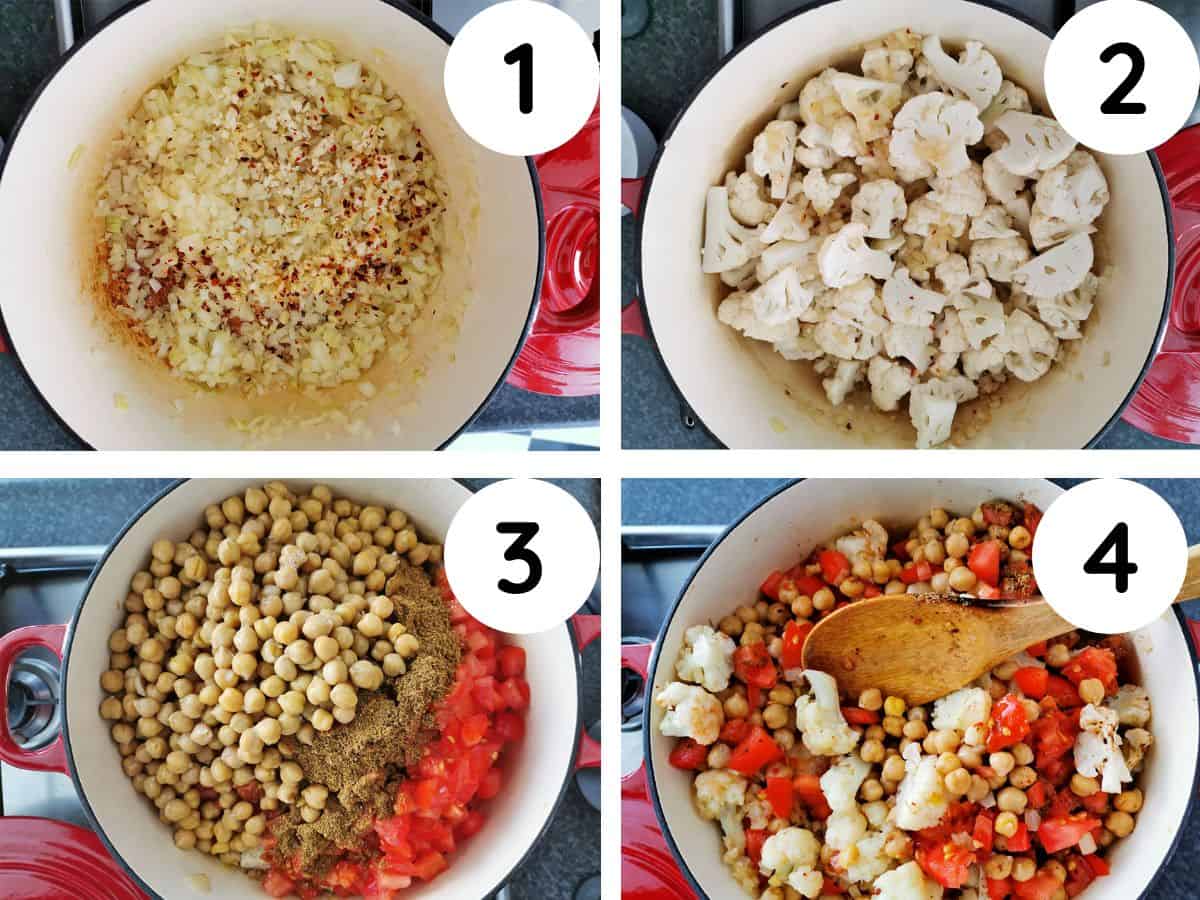
Pro tip: For best results, heat a large pan or deep skillet over medium heat before adding the onions. The heat helps keep the onions from sticking for a no-oil sauté.
Step 1: Cook the onions for 2-3 minutes, stirring until they soften. After mixing the garlic, ginger, and chili flakes, deglaze the pan by adding ½ a cup of water. Stir the bottom of the pot to release any stuck-on ingredients.
Step 2: Add the cauliflower and cover the pan. Let the cauliflower steam for 8-10 minutes. Check if you need to add a little more water. This will depend on how hot your pan is and the excess moisture in the cauliflower. This allows the cauliflower to start cooking.
Step 3: Mix in the tomatoes, chickpeas, garam masala, ground coriander, cumin, and anise. Cover the pot again and let the curry cook for 15-20 minutes until the tomatoes break down
Step 4: Stir the curry and if there is excess water, increase to medium-high heat to reduce the tomatoes. Taste, adjust the spices, and add salt if desired.
Serving Suggestions
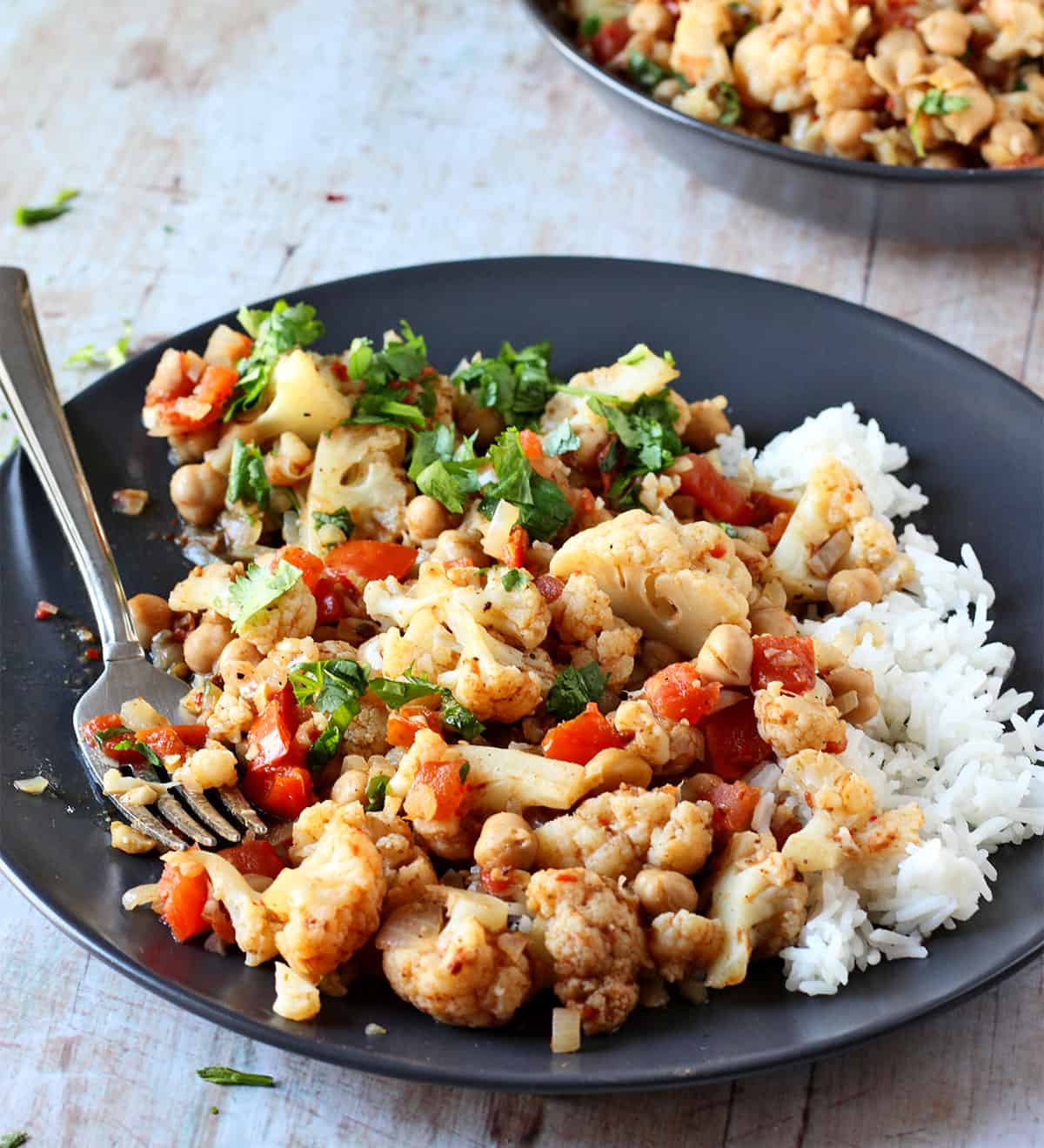
I recommend serving chickpea cauliflower curry over jasmine rice. Or try brown basmati rice. It has a nice flavor and is an easy win for healthy eating without the heaviness of regular brown rice.
For healthy bread options, try our flatbread made with sweet potatoes or 3-ingredient potato tortillas. Yummy!
Optional garnishes include chopped fresh cilantro, lemon juice, finely chopped red onion, or thinly sliced green onions.
This is also a perfect curry for our favorite spicy-sweet pineapple chutney recipe. Make it ahead or while the curry simmers.
Serving / Storing / Reheating
Stove leftovers in an airtight container in the refrigerator for 4-5 days. You can freeze cauliflower curry.
When reheating, there may be excess moisture from the cooked cauliflower. Simmer it slowly to cook the water down, or add a teaspoon of tomato paste to help thicken it.
Frequently Asked Questions
An average medium head of cauliflower yields between 4-6 cups of florets. Ultimately, it depends on the size of the florets.
Black beans, pinto beans, or cannelloni beans would make suitable substitutes for chickpeas for this curry. If you want to substitute lentils, use cooked green or black ones, as they will hold their shape better than red ones.
Garam masala and curry powder have different flavor profiles. In general, curry powder uses more spices, including turmeric. If you make this substitute, the flavor of your curry will be different.
Frozen cauliflower can be used but should be the small floret variety. It’s best to thaw or lightly steam it first and press out the excess water. After cooking the onions, add the garlic and ginger, then add the rest of the spices, tomatoes, and chickpeas. Cover and let the tomatoes cook down. Add the cauliflower at the end to reheat.
More Curry Recipes
Do you have a question or recipe request or need a cooking tip? Leave a comment below or contact Denise. I’m here to help! If you want more healthy vegan recipes, please subscribe to my newsletter or follow me on Facebook or Pinterest for the latest updates.
If you make this recipe, please leave a ⭐⭐⭐⭐⭐ rating. It’s much appreciated!
👩🏻🍳 Recipe
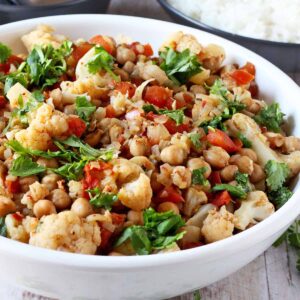
One-pot Vegan Cauliflower and Chickpea Curry
Rate this Recipe:
Ingredients
- 2 large onions - chopped, about 4 cups
- 4 cloves garlic - minced
- 1 tablespoon ginger - minced
- 1-2 teaspoons dried chili flakes
- ½ cup water - or vegetable broth for more flavor
- 1 medium cauliflower - cut into small florets, 4-6 cups
- 2 whole star anise - or 1 teaspoon ground anise
- 2 teaspoons garam masala
- 2 teaspoons ground coriander
- 2 teaspoons cumin
- 5 medium tomatoes - about 5 cups diced
- 3 cups cooked chickpeas - garbanzo beans, drained and rinsed ,1 can
- salt and pepper to taste
Instructions
- Use a spice grinder to blend the whole star anise into a fine powder.
- Heat a large pan or Dutch oven to medium heat and add the onions. Cook for 2-3 minutes until the onions soften.
- Add the garlic, ginger, and chili flakes. Stir them in and add ½ a cup of water to deglaze the pan. Stir the bottom of the pan to pick up any stuck-on ingredients.
- Pour in the cauliflower florets and lower the heat a little. Cover the pot and allow the cauliflower to steam for 8-10 minutes. Add a little water if the original amount is all absorbed.
- Mix in the rest of the spices, tomatoes, and chickpeas. Cover the pot again and cook for 15-20 minutes until the cauliflower is fork tender (not mushy) and the tomatoes have broken down.
- Stir, adjust the spices, and add salt and pepper to taste.
- Garnish with chopped cilantro, lemon juice, or finely chopped red onions.
Notes
- To moderate the amount of anise, add ¼ - ½ teaspoon of ground anise and add more as the tomatoes break down.
- Use 4-6 cups of florets if you buy the prepared kind. Cut any large florets into smaller pieces if needed.
- Frozen cauliflower can be used but should be the small floret variety. It’s best to thaw or lightly steam it first and press out the excess water. After cooking the onions, add the garlic and ginger, then add the rest of the spices, tomatoes, and chickpeas. Cover and let the tomatoes cook down. Add the cauliflower at the end to reheat.
- Try our homemade garam masala recipe and you'll be ready for more of our favorite curry recipes.
Nutrition
Nutritional information is an estimation only.



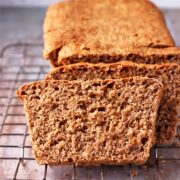


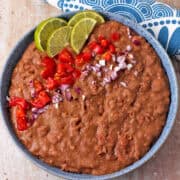
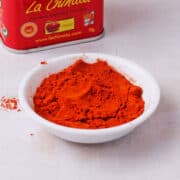
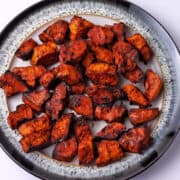
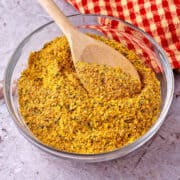
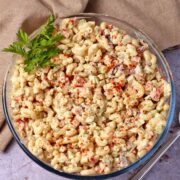
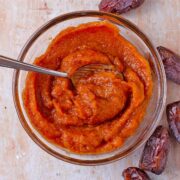
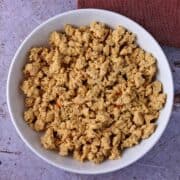
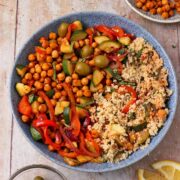

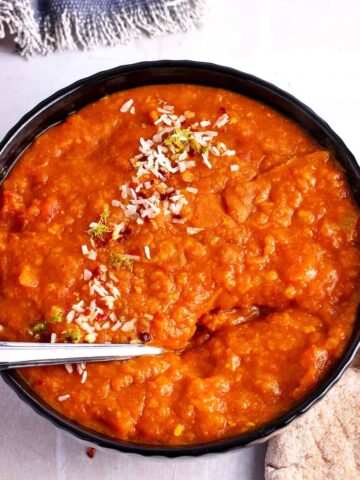
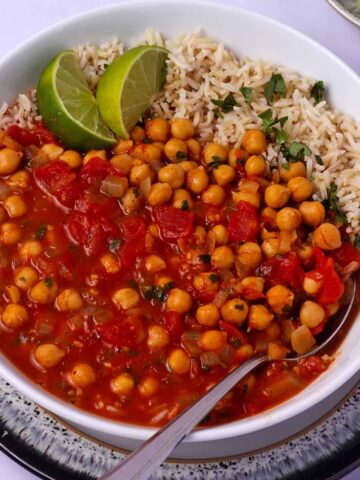
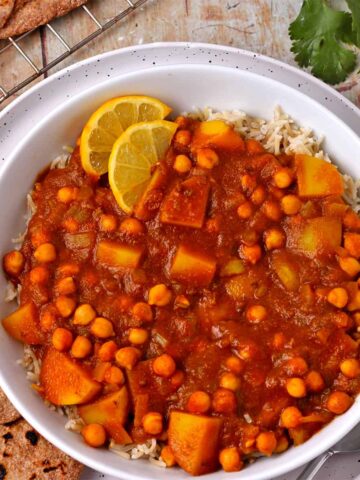
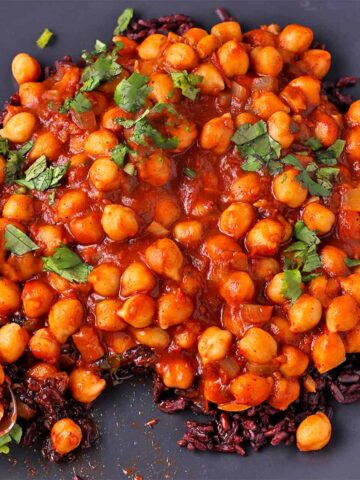
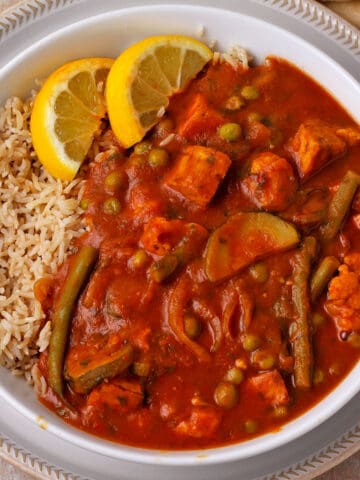
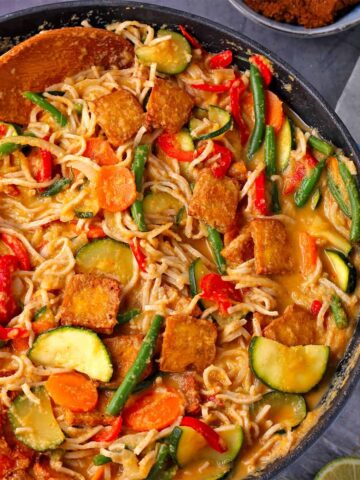
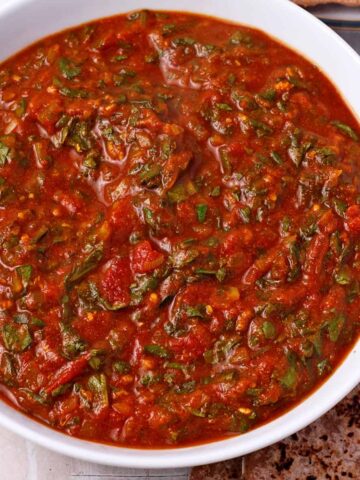
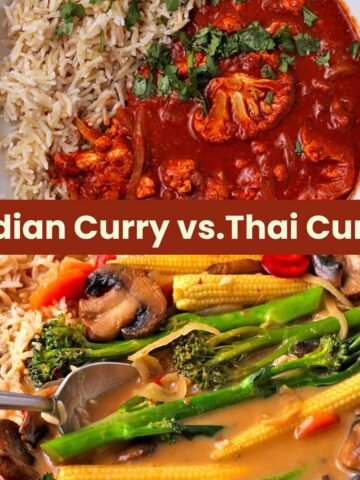

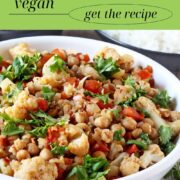
Aloe Vera Gel
Always looking for oil free recipes !
Thanks a lot for the share.
Your TribeMate
Rebecca
Aloe Sport Team
Marc Gottlieb
Thanks for the mention!